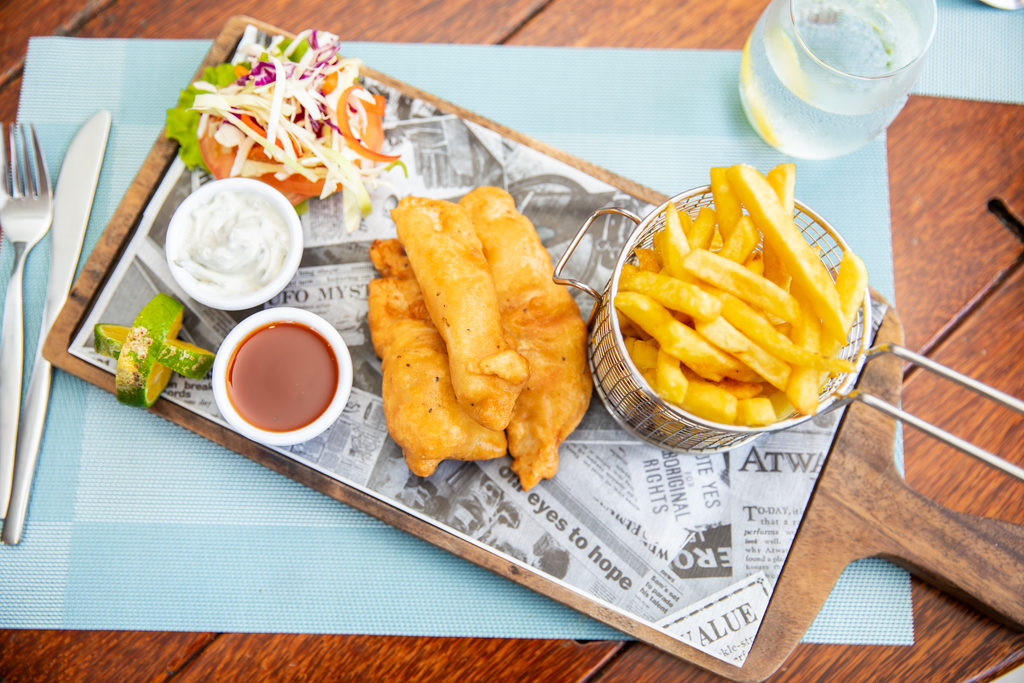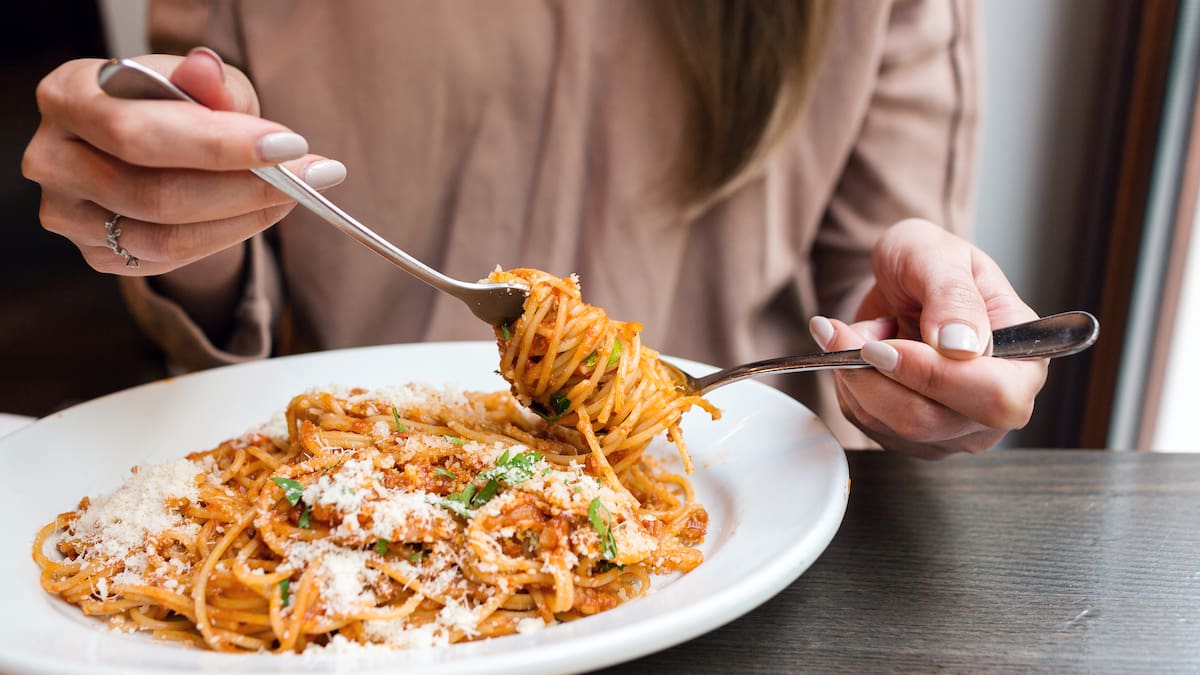“I always thought that the safest place where I could keep [the ring] would be my finger.
“That’s why I never remove it, or at least I try not removing it, because I think, ‘Oh, if I do … I would probably lose it’.”
Emma made a note of where her friend’s ring was last seen, recording GPS co-ordinates and taking photos of the area.
But Diana, who was travelling to Brisbane the next day for a holiday, had to let her fiance know she had lost his symbol of betrothal.
“He wasn’t very happy about it. He was a bit upset but he knew that I tried everything I could. So he was like, ‘Oh, that’s fine’.”
With Diana out of the country, Emma contacted the New Zealand Ring Finder – a countrywide collective of individuals that help people find their lost jewellery – through Facebook to help.
“I live near Mission Bay and I see on Facebook a lot of people losing their rings so I thought, ‘Maybe I’ll be able to find something on Facebook?’,” Emma said.

Paul Faulkner, one of the Auckland-based ring finders, was put in contact with Emma by the group administrator.
“I live out south so I usually take those jobs,” Faulkner said.
“I called and asked [Emma] a few basic details to understand the difficulty, the time I’d probably spend, and likelihood of recovery, and planned the recovery based on the next suitable low tide.”
Faulkner then met Emma at the scene of the disappearance with his metal detector.
“When dense objects like gold or silver fall into mud, they don’t really move at all – they just sink. So I knew it wouldn’t be far from where they were standing,” he said.
His trusty device made a promising sound soon into their search, and Faulkner uncovered the prized ring in just a few minutes.

“It was unbelievable … we spent maybe about two-and-a-half hours, Diana and I, looking for the ring,” Emma said.
She immediately shared the good news with her friend.
“[Diana] was in disbelief. I sent her a picture of the ring and I got all the crying emojis.”
Diana said the ring’s rediscovery left her “speechless”.
“It took him just a few minutes to find it. We couldn’t believe it because we spent hours in the mud trying to find this ring.
“It seemed almost impossible. I was surprised and, of course, super grateful.”
While Faulkner hadn’t been in direct contact with Diana, he said: “It always feels good finding and returning something that is as sentimental as an engagement ring”.
“I average about five recovery jobs a year and the chances of finding the items is statistically high, [although] the less time that has passed helps with recoveries.”
Faulkner said that anyone who loses a valuable item should take pictures or record the GPS co-ordinates of where it was last seen.
“It helps a lot when people know the exact area they lost it.”
Sign up to The Daily H, a free newsletter curated by our editors and delivered straight to your inbox every weekday.






